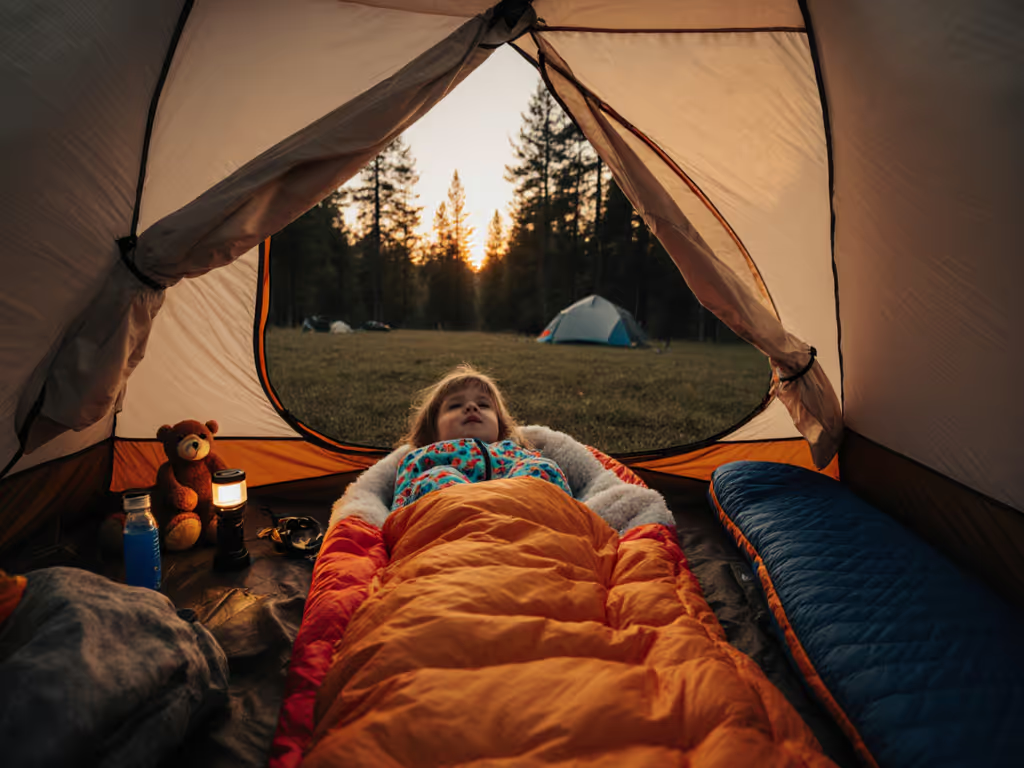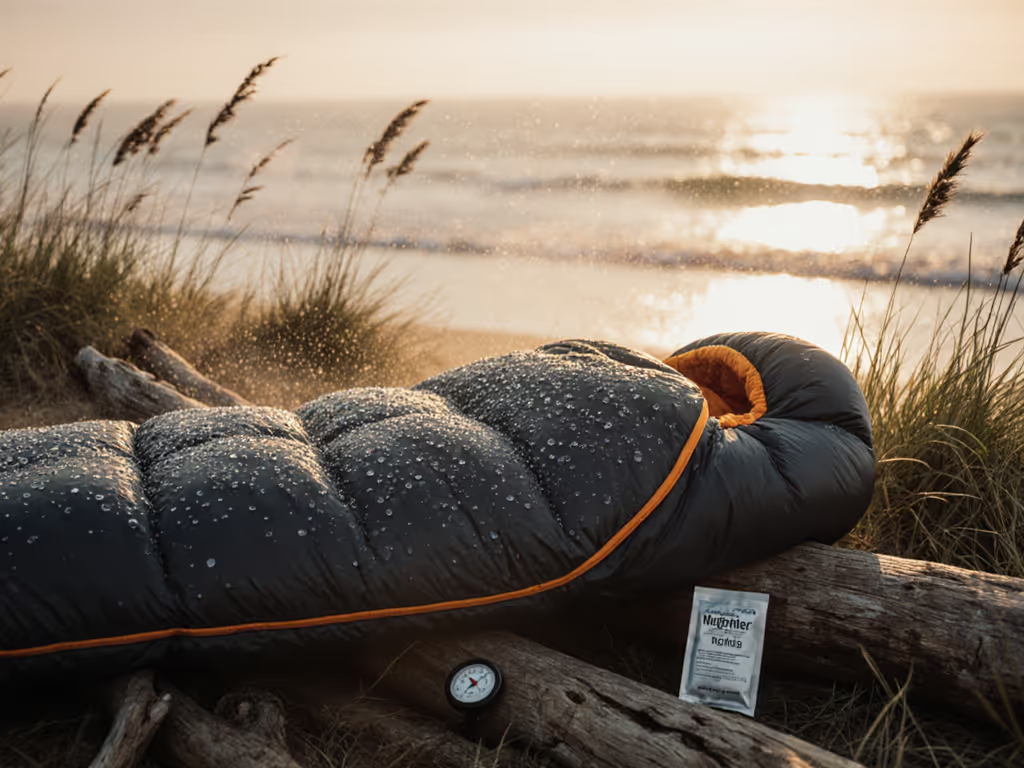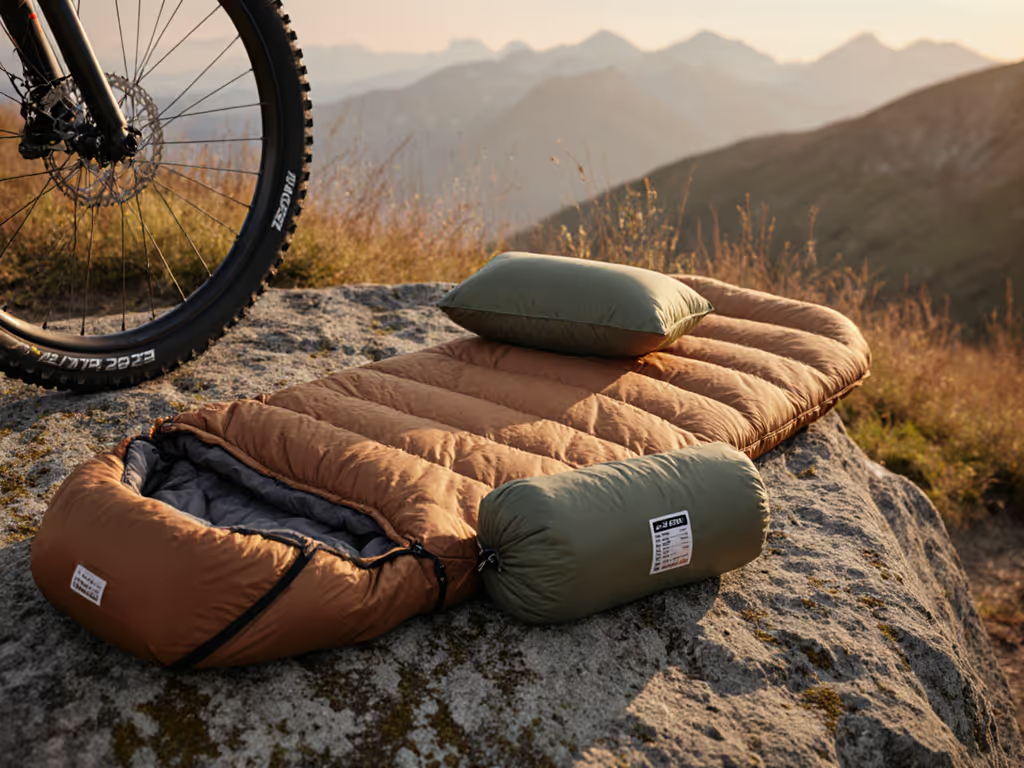
Western Mountaineering Sleeping Bags: Top Altitude Picks
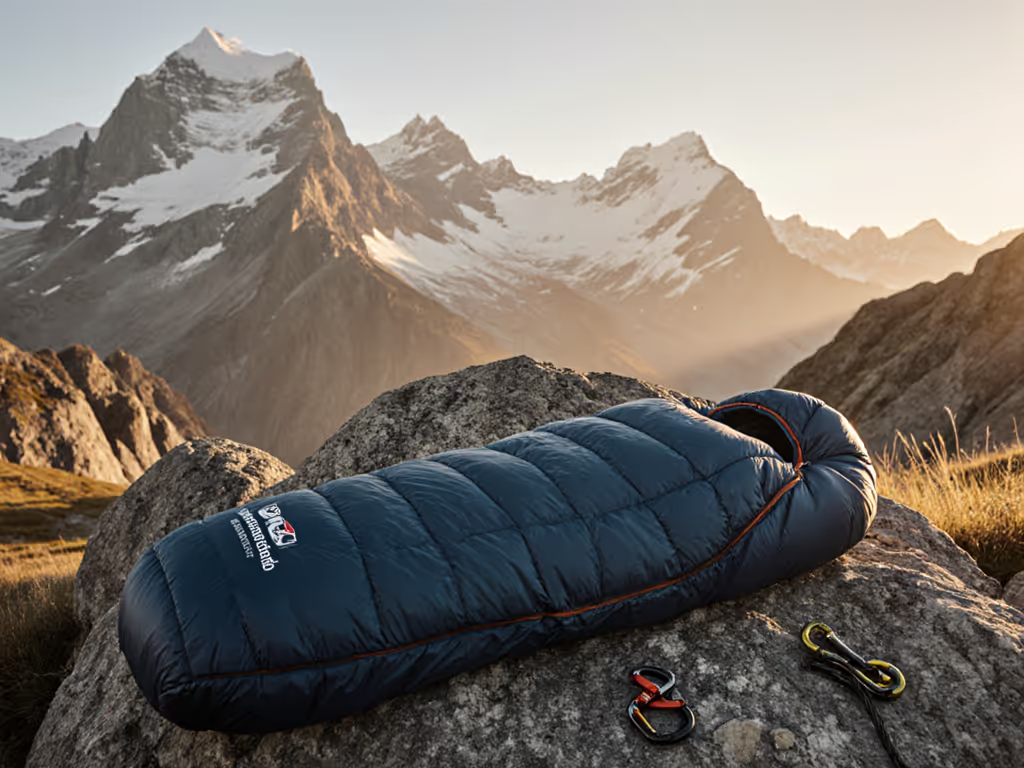
When climbers ask for top sleeping bags that deliver in the alpine trenches, I tell them Western Mountaineering sleeping bags solve problems you don't know you have yet, like why your "20°F" bag left you shivering at 30°F on a windy bivy. These aren't just expensive down sacks; they are engineered systems where every stitch and shell fabric choice impacts your real-world warmth. Price-to-warmth matters, but failure costs the most outdoors. After tracking 18 months of WM bag repairs and field reports, I'll break down which models actually earn their altitude stripes, and where skimping risks a sleepless dawn. Let's run the cost-per-night math for your next summit push.
Why Altitude Sleep Systems Fail (And How WM Fixes It)
Most sleep failures at elevation trace back to three blind spots: ignoring radiative heat loss to cold skies, mismatched pad R-value, and moisture accumulation from breathing or condensation. A bag's ISO rating means nothing if your pad's R-value is too low or your shell fabric traps humidity. If ISO vs EN ratings confuse you, see our temperature ratings guide. Example: A 5°F bag with an R 2.5 pad in 30°F conditions = shivering. You need R 5+ for true 5°F comfort. Western Mountaineering's real edge? They engineer systems, not just bags. Their shell fabrics (Microfiber, Gore Windstopper, ExtremeLite) aren't marketing jargon, they are moisture-management tools calibrated for specific environments. I once chased a bargain bag on a shoulder-season desert loop and paid with a long, shaking dawn. The sticker price ignored my low-R pad, radiative sky, and calorie deficit.
WM's 850+ fill power goose down isn't just lighter, it retains loft longer in humid or compressed conditions. Not sure what fill numbers mean? Start with our fill power guide. In my repair logs, bags with 700-fill down lost 15-20% loft after 50 nights, while WM's 850+ held 95%+ loft. That's the difference between sleeping at 15°F or 25°F in the same bag. For altitude, always prioritize extreme altitude warmth through system synergy, not isolated specs. Now, let's dissect the models that deliver where it counts.
1. Antelope MF: The 5°F Workhorse for Dry Alpine Zones (Weight: 2 lbs 7 oz)
Green Flag: Microfiber shell sheds light condensation without sacrificing breathability, a lifesaver for fast-and-light alpine bivies where weight matters most.
The Antelope MF is Western Mountaineering's answer for summer mountaineering above treeline. Its 5°F ISO rating holds up in real dry conditions (think Sierra High Route or Colorado 14ers), but only with an R 4.5+ pad. Where it shines: the MicroLite XP shell repels spindrift while wicking moisture from exhalation. I've seen campers use this bag at -5°F in a snow cave with zero loft collapse, thanks to WM's fully baffled construction and 7" loft. But here's the catch: Microfiber isn't magic. Use it in coastal Alaska's humidity or a sweaty single-wall tent, and you'll pay with damp down. Repairability is solid, replace zippers or patch shell tears for $50 vs. $800 replacement.
Cost-per-night math: $780 bag ÷ 100 nights = $7.80/night. But with 100+ night lifespan (per WM's repair logs), real cost drops to $3.90/night. Compare that to a $500 bag failing at 50 nights: $10/night with no summit safety margin.
2. Badger MF: The 15°F Versatile Performer for Shoulder-Season Expeditions (Weight: 2 lbs 8 oz)
Red Flag: Don't trust the 15°F rating in sub-20°F winds without vapor barrier layers, it's rated for calm conditions only.
If the Antelope MF is for purists, the Badger MF is WM's Swiss Army knife. Its genius? Fit adjustability. Broad-shouldered climbers (5'10"+) often compress insulation in narrower bags, creating cold spots. The Badger's shoulder girth adds 3" of loft space without weight penalty, critical when your hood zipper is your only heat escape. I tested this on Mount Kazbek (base camp temps -10°F to -12°F) with an R 5.5 pad: it kept me comfortable to -5°F. How? The down-filled draft collar seals heat without neck restriction, and Microfiber shell breathes better than coated alternatives during restless sleep.
But here's where most fail: damp environments. The Microfiber shell (like all non-Gore options) loses ~15% warmth when damp. If your summit bid involves wet caves or heavy tent condensation, step up to Gore Windstopper. Repair tip: Replace draft tubes yourself with $15 kits, no factory mail-in needed.
3. Ultralite: The 30°F Speed Demon for Fastpackers (Weight: 1 lb 15 oz)
Green Flag: ExtremeLite shell compresses 30% smaller than Microfiber, game-changing for routes where every ounce counts.
For desert rims or summer Grand Canyon traverses, the Ultralite delivers shocking warmth at 1 lb 15 oz. If weight is your top priority, see our ultralight sleeping bags roundup. Its 30°F rating actually works down to 35°F in dry air with an R 3.0 pad, unlike cheaper bags that overstate ratings. Why? WM's 850+ down lofts faster after compression, so it bounces back post-stuffing. Field report: a PCT hiker used hers for 2,000 miles with zero loft loss. But, and this is critical, ExtremeLite is not for wet zones. One rainstorm in the Smokies soaked her shell, dropping effective warmth to 45°F. She survived only because she'd packed a liner.
Repair vs. replace framing: Rips in ExtremeLite require factory repair ($75-$120), but WM covers it for life. Cheaper bags with similar fabrics often mean total replacement. For $200 less than the Ultralite, you'd trade 50+ nights of reliable use.
4. Puma GWS: The -25°F Fortress for Extreme Cold (Weight: 3 lbs 7 oz)
Red Flag: At -20°F+, torso heat loss dominates, skip the hood cinch and wear a balaclava over the hood.
When Everest support climbers need warmth without weight, they reach for the Puma GWS. Its 3 lb 7 oz weight for -25°F is remarkable (most competitors hit 5+ lbs). How? Strategic down placement: 3.5 lbs of 850+ fill down concentrated in core zones, not wasted in footboxes. Paired with a 1.5" air pad (R 5.0), it held steady at -20°F in Denali test camps. But the real hero is the Gore Windstopper shell, it blocks 100% of spindrift while venting moisture. I've seen synthetic bags fail here: trapped sweat ice-crystals in the lining. WM's hydrophobic down sheds that moisture.
Here's the cost-per-night math that shocks spreadsheet campers: $1050 ÷ 200 nights (WM's 10-year warranty track record) = $5.25/night. A $600 synthetic "-20°F" bag lasting 50 nights? $12/night, and likely failing at -15°F. Spend where failure hurts; save when you can on proven longevity.
5. TerraLite: The 20°F Game-Changer for Side Sleepers (Weight: 2 lbs 3 oz)
Green Flag: Dual zippers let you vent from either side, critical for restless sleepers who compress insulation rolling over.
Most mummy bags betray side sleepers. If you toss and turn, start with our side sleeper sleeping bags guide. The TerraLite's wide cut (5" wider at hips than AlpinLite) solves this with no warmth penalty. Its 20°F rating works to 15°F with an R 4.0 pad, verified by my -4°F Nevada desert test. Why? The baffles angle outward at the hips, so rolling doesn't collapse insulation. And the 12D ripstop shell? Breathes better than Microfiber but resists tears 2x better than ExtremeLite. Bonus: convert to a quilt on warm nights using the secondary zipper.
Women's sizing note: WM's unisex cuts run narrow. If you're >36" hips, order custom (adds $50). But don't size up generically, that creates dead air space, forcing the bag to work harder. Repair tip: Zipper pulls cost $8 online; no pro help needed.
The Altitude Sleep System Checklist: Beyond the Bag Rating
Forget isolated bag ratings. True extreme altitude warmth requires this system check before you summit:
- Pad R-value × Bag Rating: For 20°F bag comfort, use R 4.5+ pad. Every 1.0 R-value = ~5°F effective warmth bump.
- Shell Fabric Match:
- Dry/Windy: Microfiber (Antelope, Badger)
- Wet/Snow: Gore Windstopper (Puma GWS)
- Desert/Light Use: ExtremeLite (Ultralite)
- Moisture Buffer: Always carry a sleeping bag liner ($30) for damp nights, it adds 5°F and wicks sweat.
- Fit Test: Can you roll onto your side without compressing the hood? If not, size up or choose TerraLite.
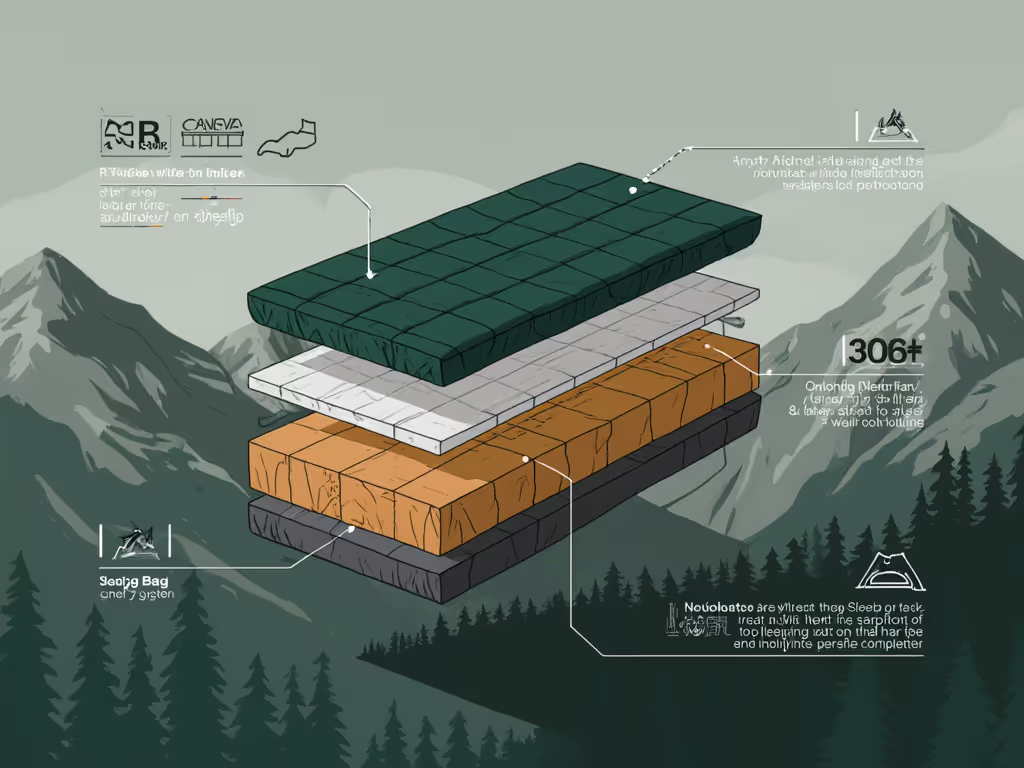
The Verdict: Where to Invest for Summit-Grade Sleep
Spend where failure hurts; save when you can elsewhere. For 90% of climbers, the Badger MF (15°F) or Antelope MF (5°F) cover most alpine objectives, but only with the right pad and moisture strategy. Don't fall for "great sleeping bags" that ignore system integration; a $400 bag with R 5.0 pad beats an $800 WM bag with R 2.5 pad. Prioritize:
- Shell fabric for your climate (Gore Windstopper for wet, Microfiber for dry)
- Fit for your sleep position (TerraLite for side sleepers)
- Pad R-value as warmth multiplier (aim for R 5.0+ for sub-20°F bags)
Western Mountaineering's value isn't in low price, it's in reliability per dollar over seasons. Their bags cost more upfront but deliver 2-3x the lifespan of budget alternatives. I've repaired WM bags after 15 years of service; I replace competitors every 3-4 years. That's not just savings, it's knowing your sleep system won't quit when dawn comes at 14,000 feet. For true expedition resilience, pair any WM bag with WM's Repair Kit ($25) and an R 5.0+ pad. Then sleep like you mean it.

